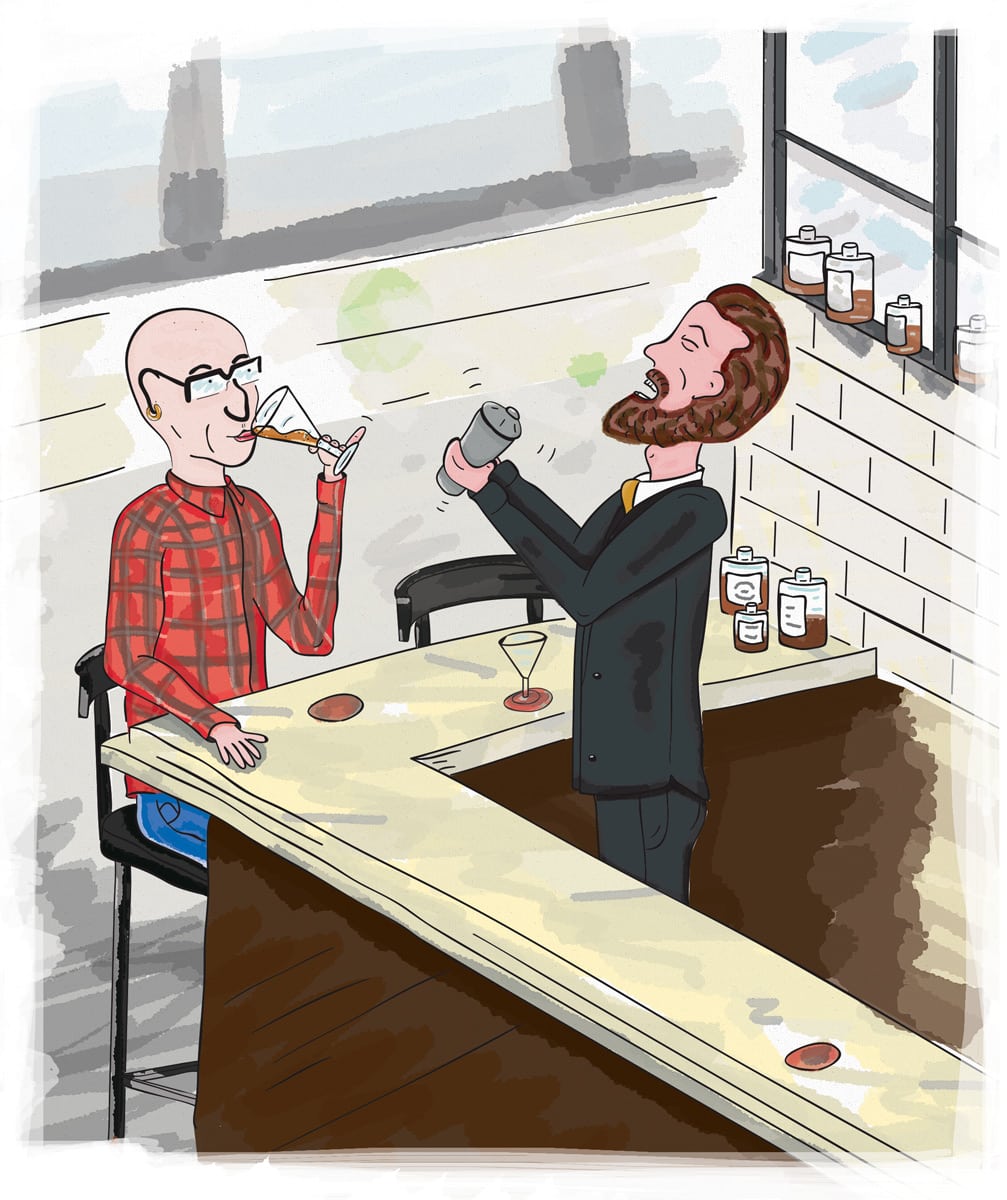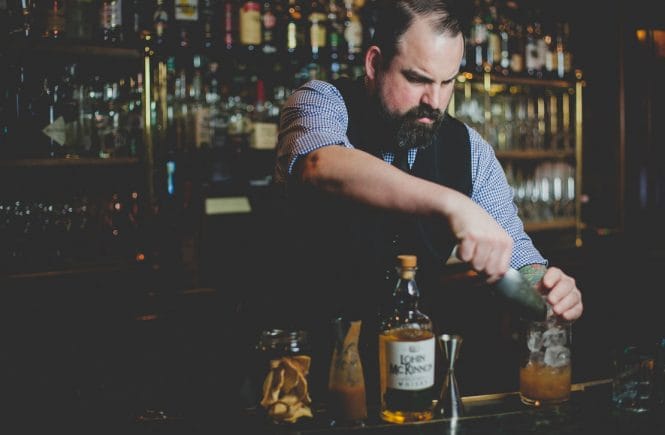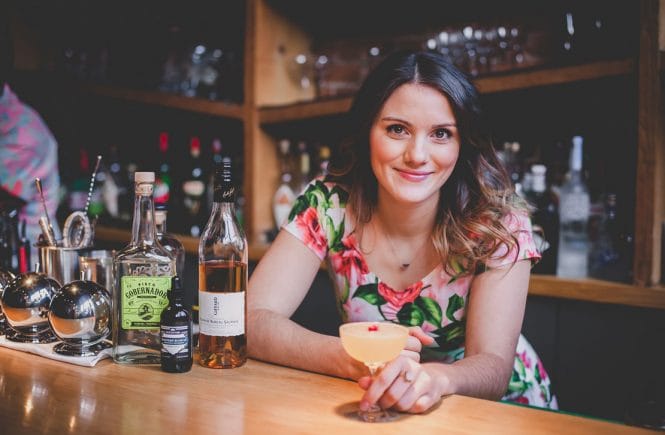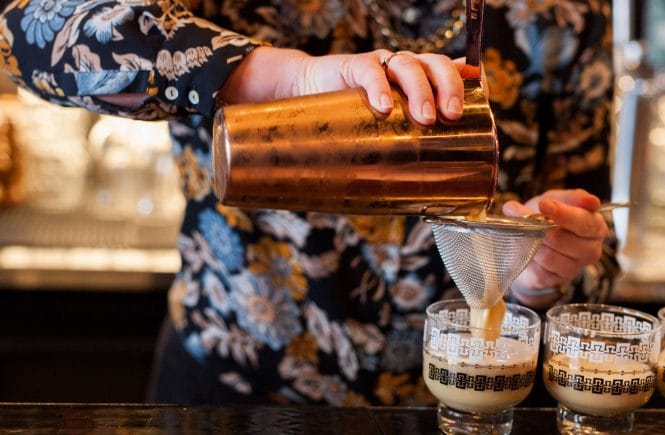Cocktails, our man-about-town discovers, are not just for the rich, or even the pretend rich

I didn’t pull up a stool to a proper bar—by which I mean one whose stock-in-trade is cocktails, and whose staff is formally schooled in the art of same—until my early 30s. A variety of reasons contributed to this delayed milestone, including having been raised in a near-teetotal household, in a small city whose population overwhelmingly prefers beer, coupled with early teenage drinking experiences (usually at a suburban house party or in some miserable pitch-black field) of the sort that seem contrived to ensure one never wants to drink again.
But mostly, it was because I spent my 20s dirt poor. Food and rent were much higher priorities than what I perceived to be the rarefied luxury of a Negroni or a Boulevardier or, God forbid, a basic gin martini.
So, when the sudden onset of an above-the-poverty-threshold salary led to me requesting my first Manhattan (I’d heard they were good), the result was revelatory—and not only because I learned in that moment that Manhattans are, in fact, very good. I’d also unwittingly initiated my awareness of how class distinction would play a role in my professional life.
Look semi-presentable, set down a $20 bill, and you, too, can feel like an aristocrat for however long it takes to drain your glass.
Journalists who write about lifestyle and entertainment, as I do, eventually come to realize that they are, essentially, interlopers—at best, politely tolerated gatecrashers. Our profession grants us access to people and environments that otherwise would be closed to us. We’re tidied-up working stiffs dispatched to report from the playgrounds of the rich and beautiful.
Having always been cripplingly self-conscious, my awakening to this dynamic was immediate and, figuratively if not literally, sobering. Consequently, I found myself repeatedly cultivating a rapport with the other person in the room I recognized as being of similar socioeconomic stock: the bartender. Partly because I have limitless admiration for what they do, but also because I assumed, rightly or wrongly, that we would get each other.
J-S (Jean-Sebastien) Dupuis chuckles when I tell him this. The product of a middle-class family in a town in Quebec that “you never would know about if you weren’t from there,” his current position as beverage director for Wentworth Hospitality Group (Tableau Bar Bistro, Homer St. Cafe and Bar) was preceded by spells behind the wood at the luxe likes of Boulevard Kitchen & Oyster Bar and Whistler’s Bearfoot Bistro.
At the latter, he would often pour by night for the same people who, by day, he taught to ski, including a woman who wore ski gloves that were too large for her hands so they could accommodate her enormous diamond rings. A one-time Bearfoot patron who “didn’t blink” when he ordered a $10,000 bottle of 1966 Dom Perignon wasn’t an anomaly.
But, Dupuis hastens to add, I shouldn’t conflate self-made multimillionaires, who, in his experience, tend to be humble and gracious and are happiest in jeans, with Vancouver’s proliferation of “$50,000 millionaires”—people of average means who wear affluence like a Halloween costume and tend to be the worst.
In any case, he assures me, class rage has no place at the bar, which is ultimately a model of democracy. Look semi-presentable, set down a $20 bill, and you, too, can feel like an aristocrat for however long it takes to drain your glass. “I could’ve studied to become a doctor or a lawyer,” he says. “That’s not what I wanted to do. I fell in love with the food and beverage industry.”
I order another Manhattan and shut up.
—by Michael White




